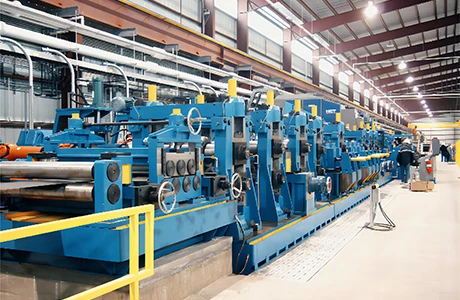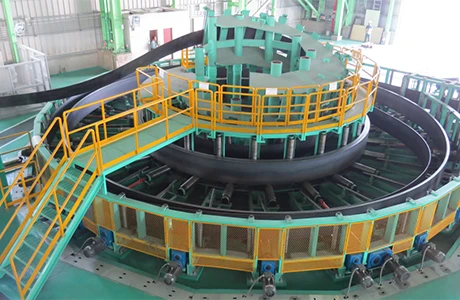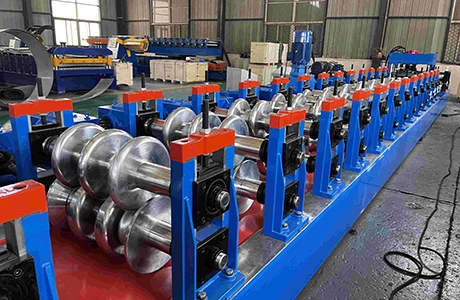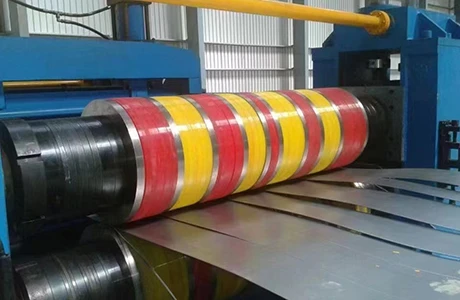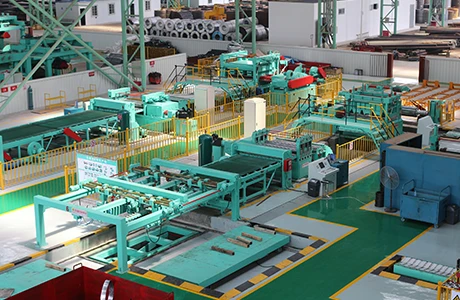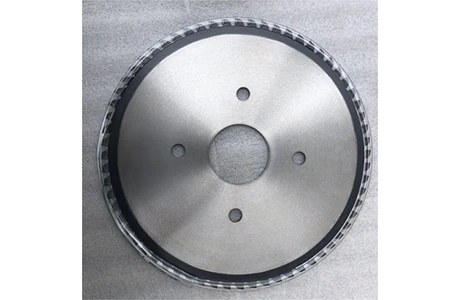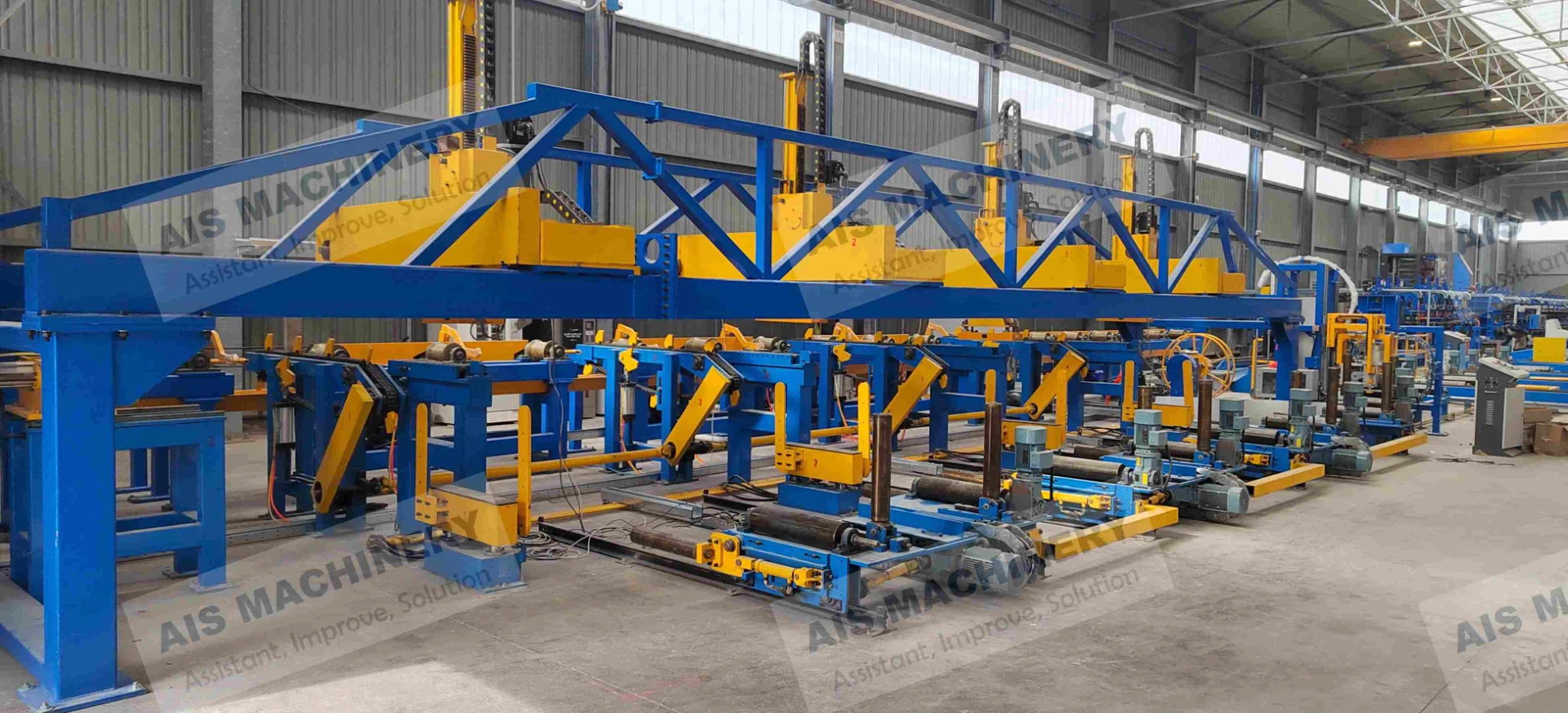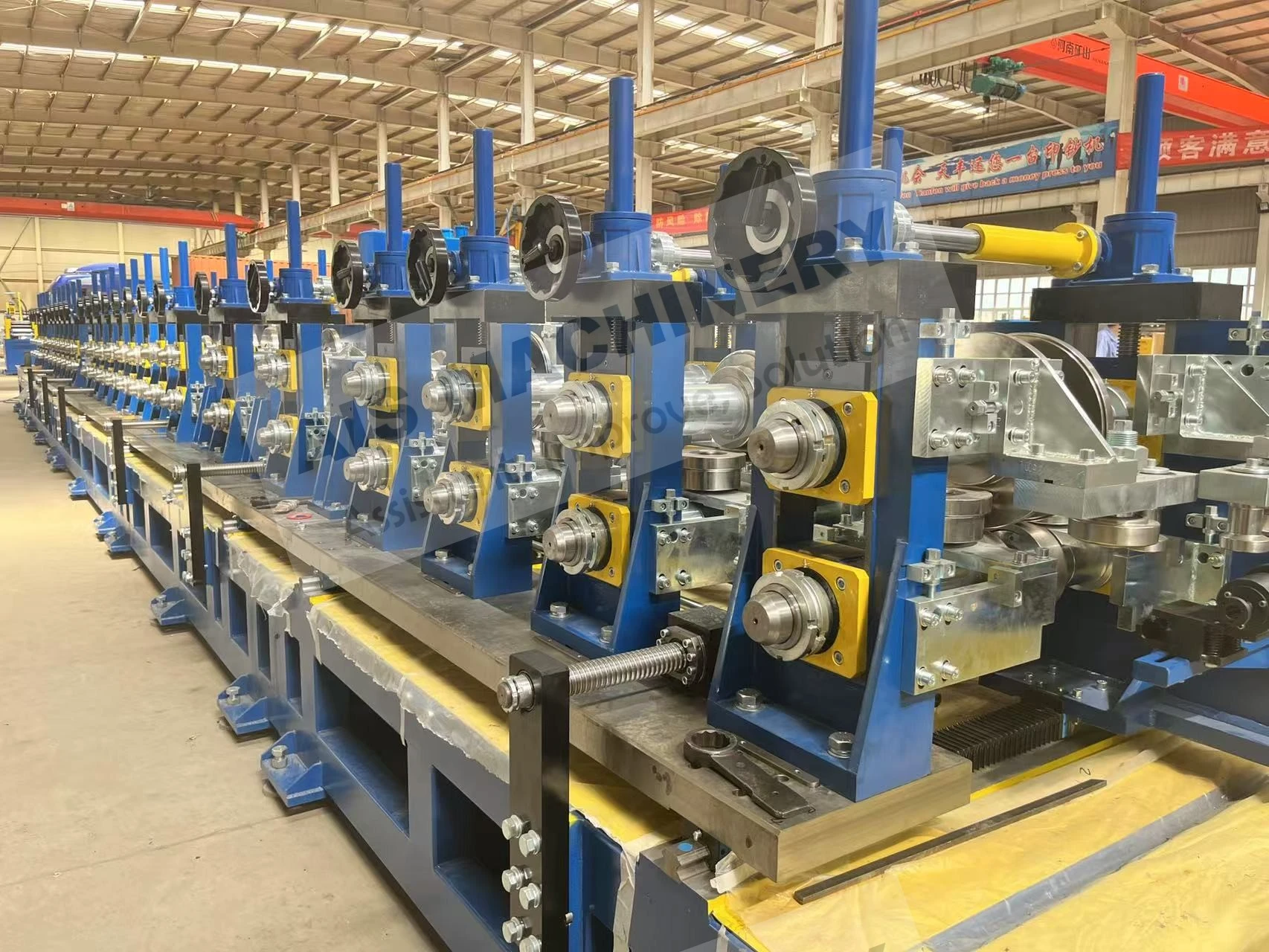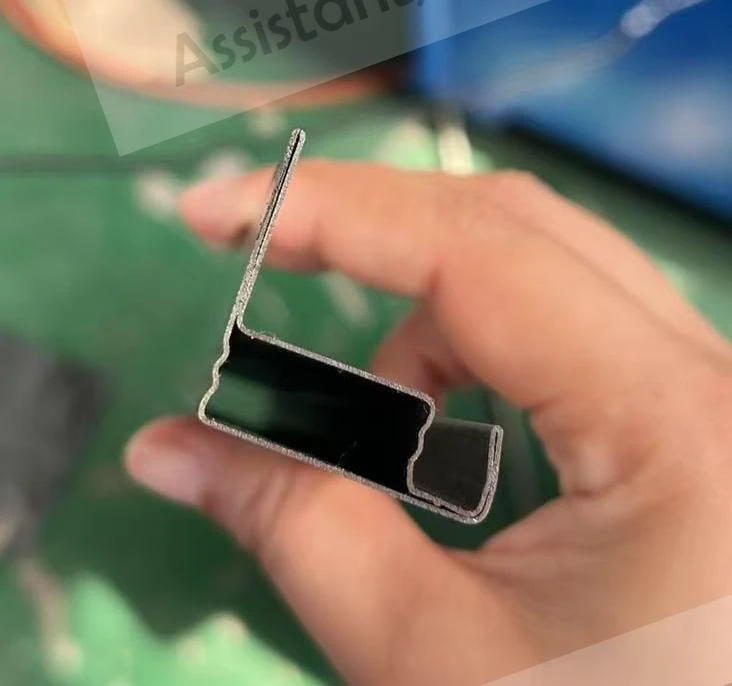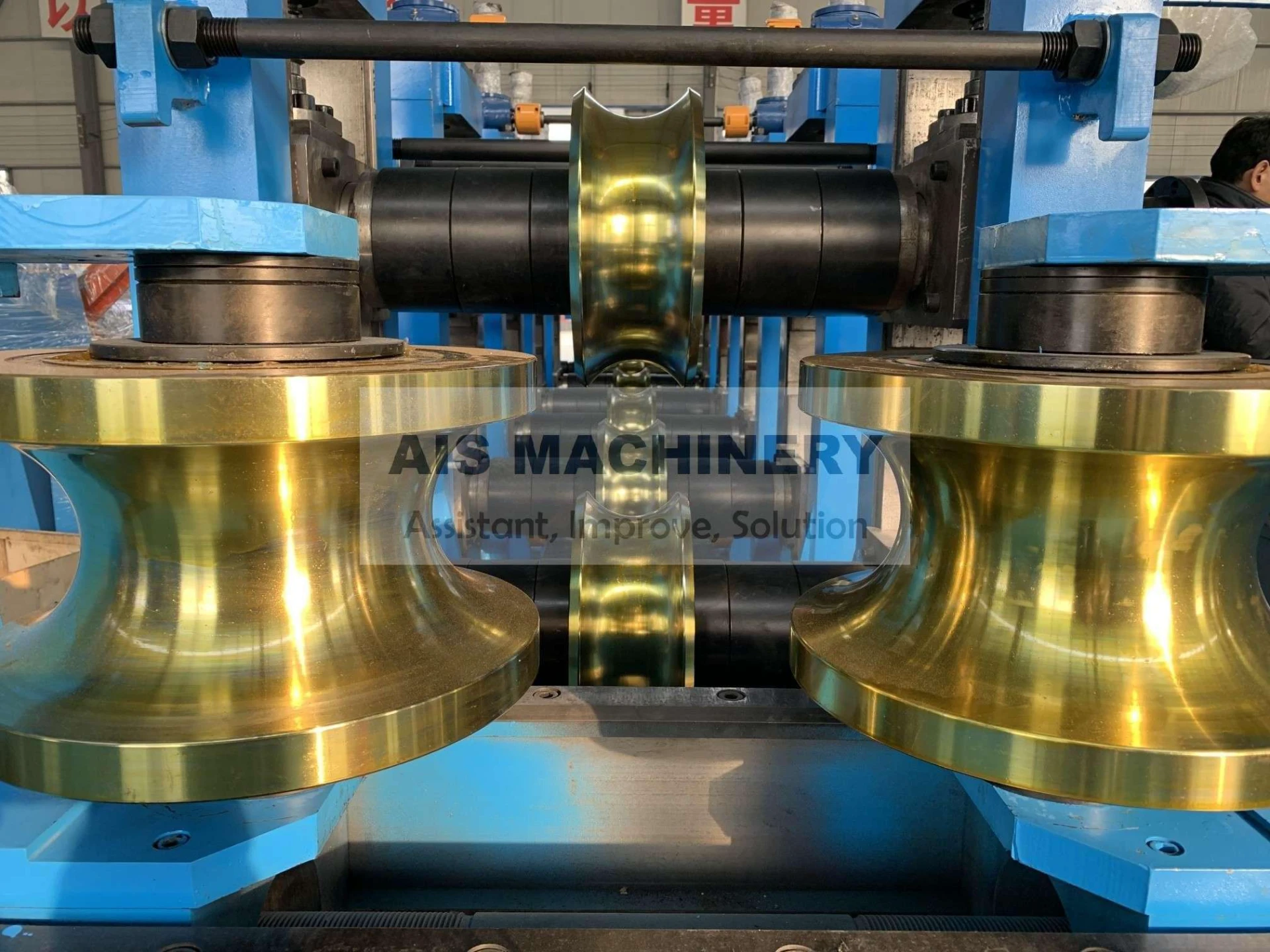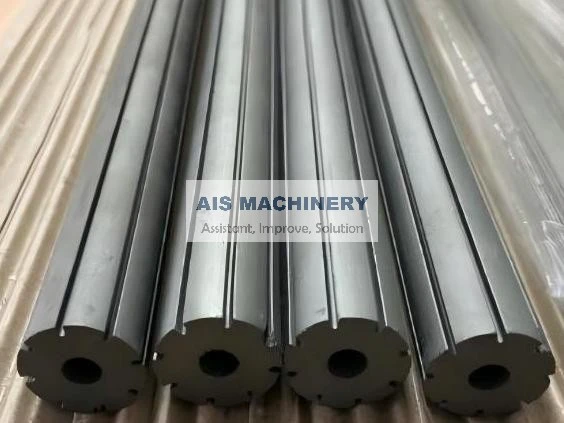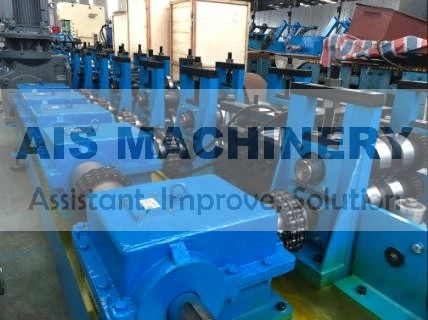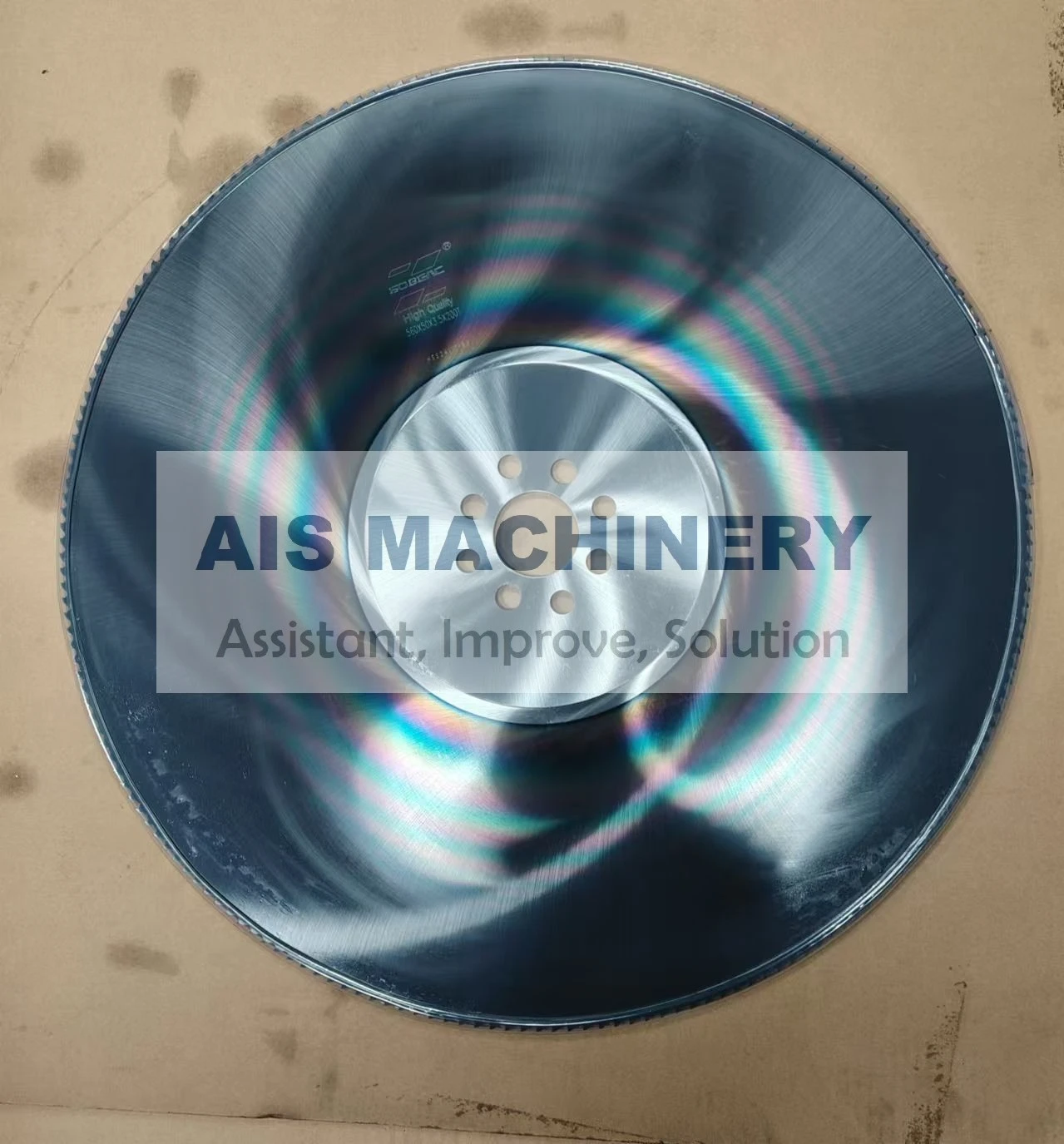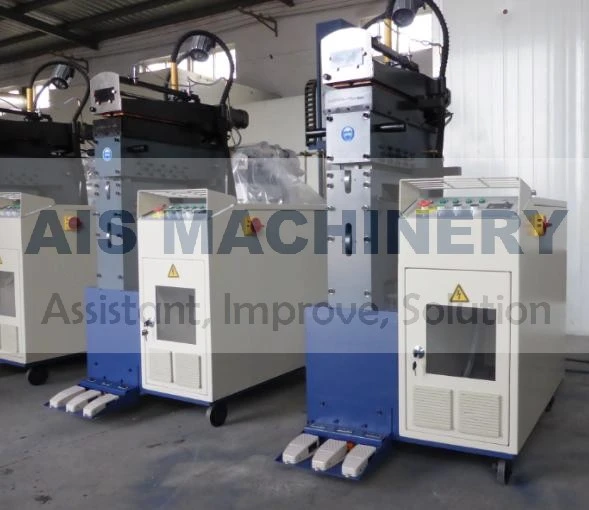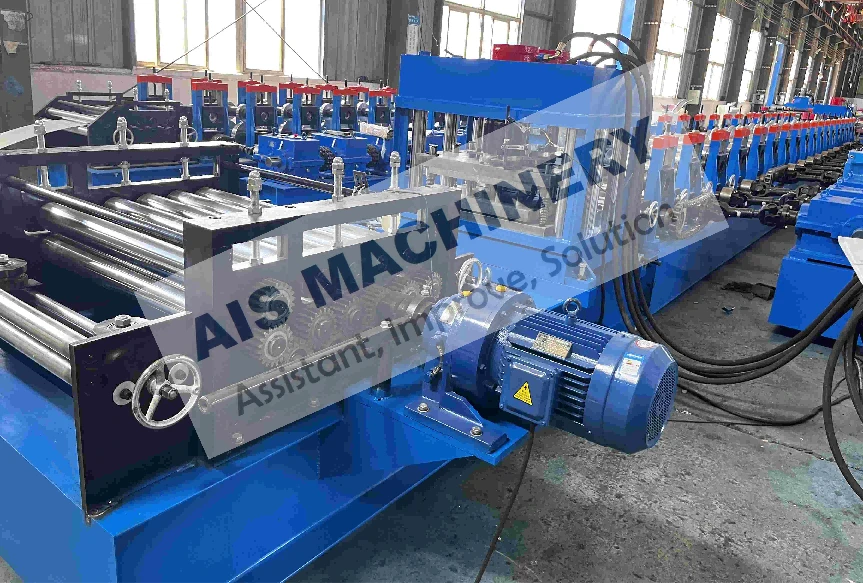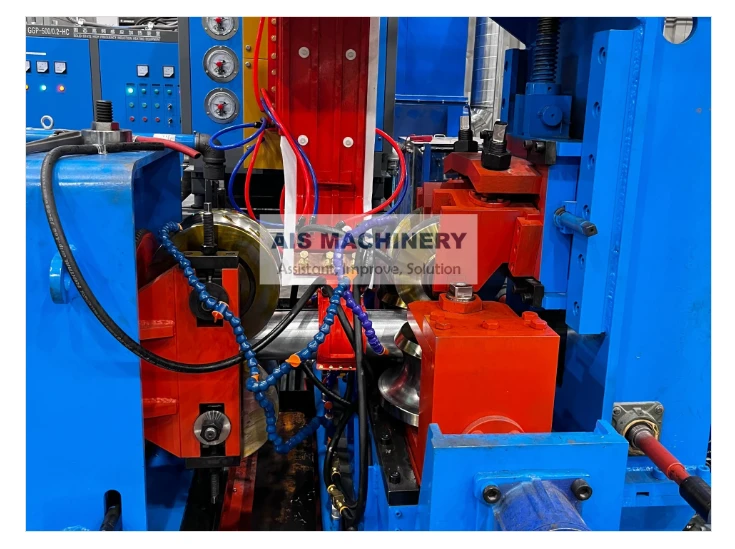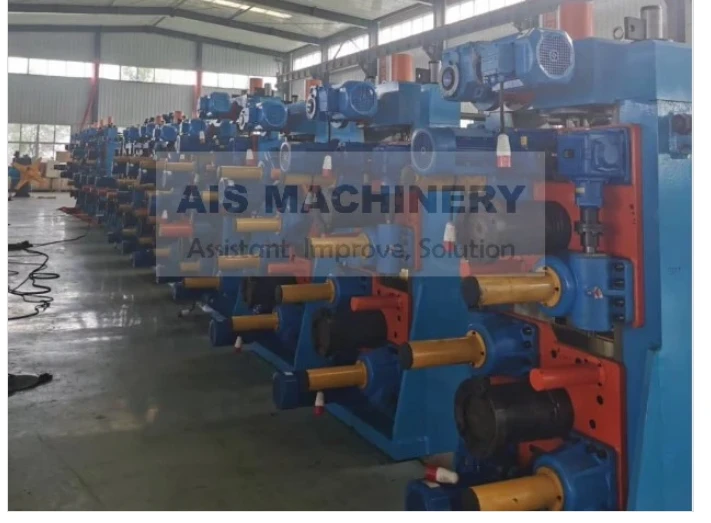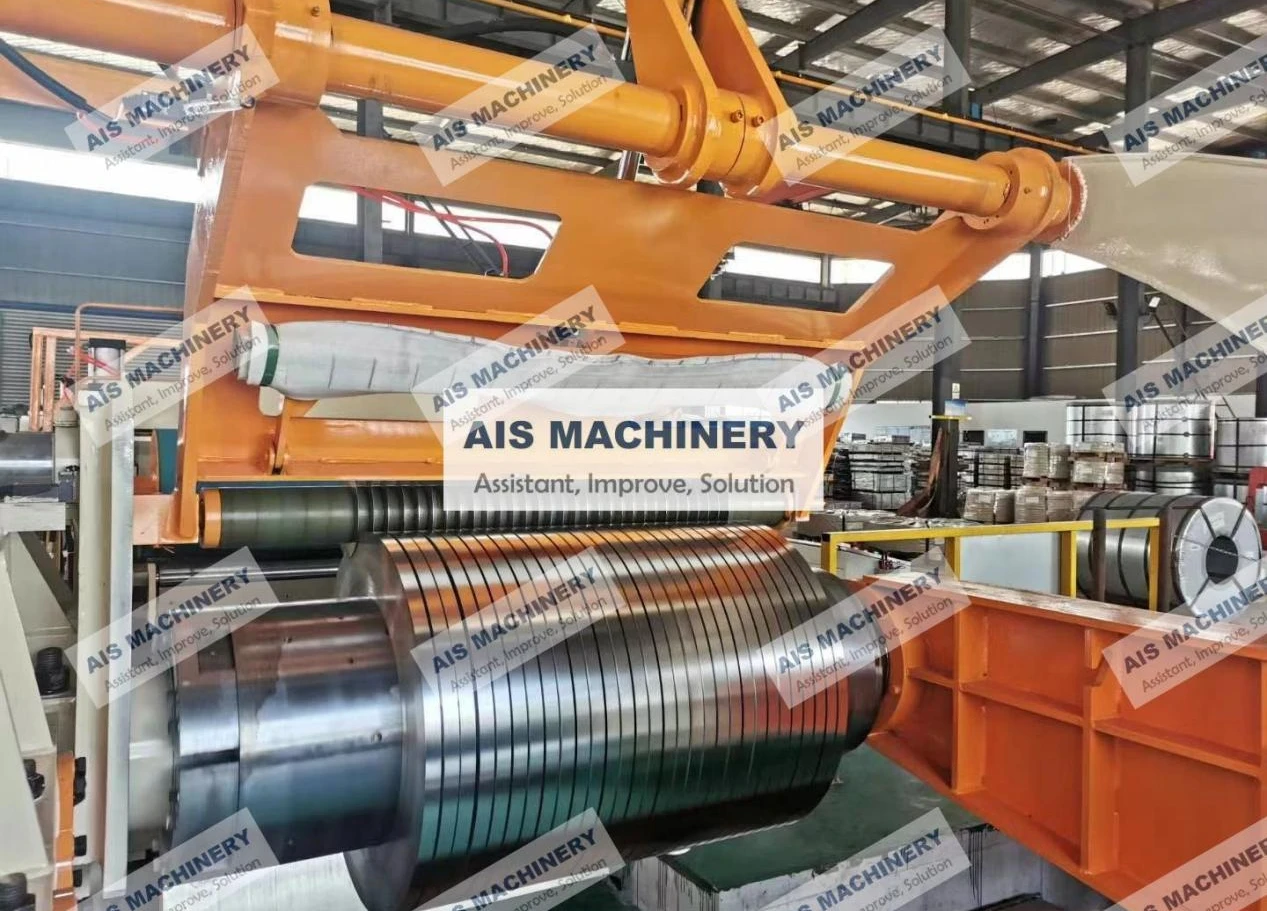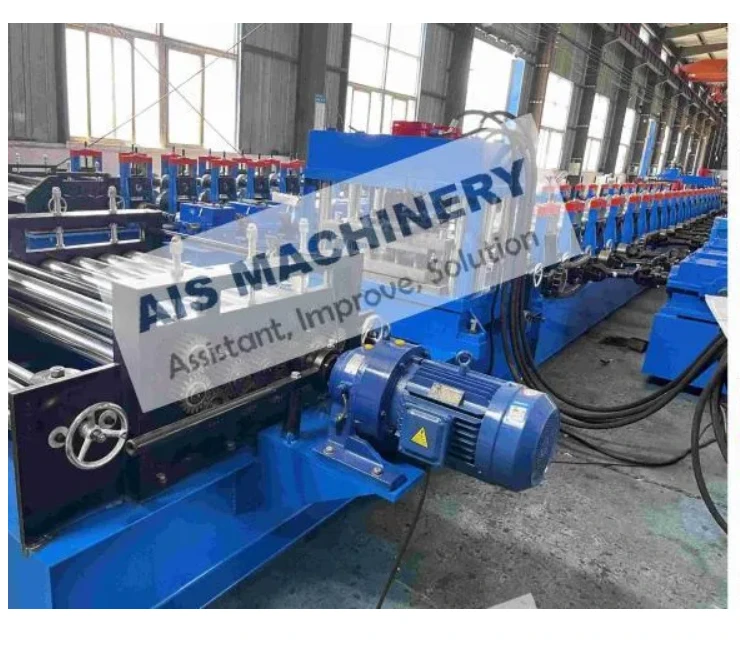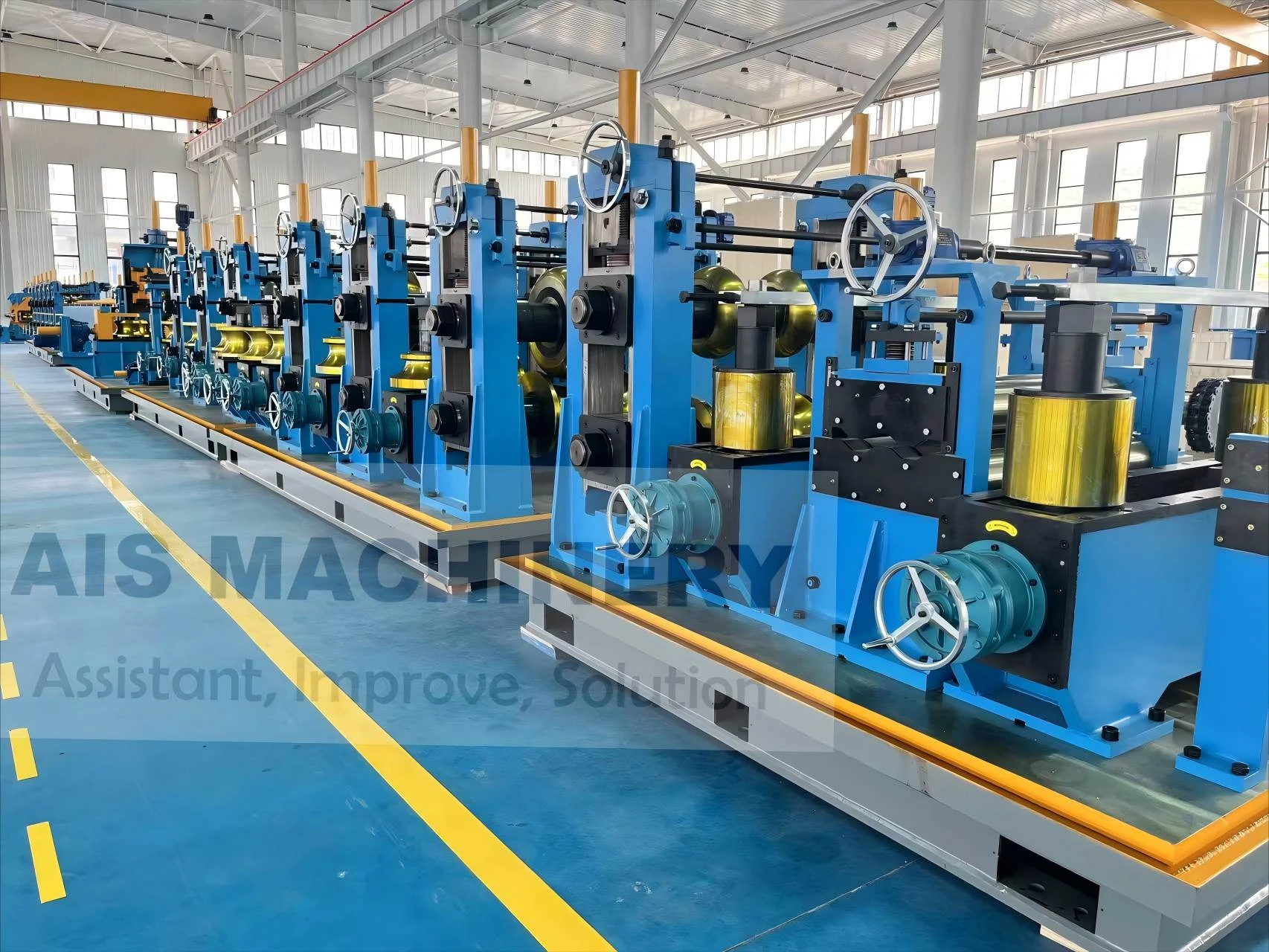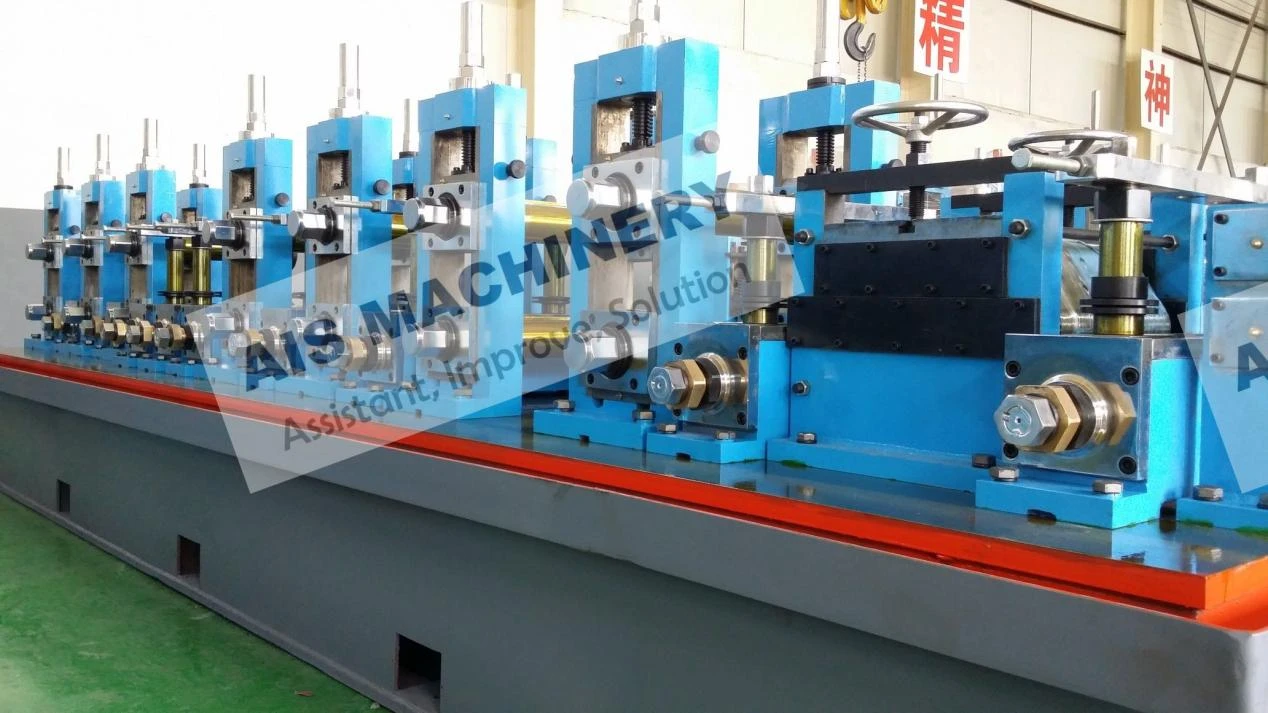Key Features
-
High-Efficiency Hot Cutting: Utilizes friction heat generated by high-speed rotation to soften metal quickly and achieve high-speed cutting.
-
Special Heat-Resistant Steel: Made of special alloy steel with excellent heat resistance, ensuring stable performance under prolonged high-speed operation.
-
Optimized Tooth Design: Scientifically designed tooth geometry improves cutting efficiency and surface quality, reducing burrs and cracks.
-
High Toughness Welding Technology: Teeth are welded to the body using high-strength welding technology, ensuring safety and durability under heavy load conditions.
-
Excellent Dynamic Balance: Provides superior balance for stable high-speed cutting, reducing equipment load and vibration.
Main Applications
-
Steel mills and rolling mill cold bed shearing
-
On-line flying saw hot cutting in pipe mills
-
Fast cutting of structural steel, plates, and rebar
-
Primary processing of large castings, billets, and bars
2. BASIC Technical DATA
| Item |
Specification Range |
Description |
| Malzeme |
High-strength alloy steel |
Heat-resistant, wear-resistant |
| Outer Diameter |
Ø 300 mm - Ø 1600 mm |
Customizable |
| Kalınlık |
3 mm - 10 mm |
Select according to application |
| Bore Size |
Customized per customer needs |
Standard or non-standard |
| Number of Teeth |
Customized |
Optimized tooth design for different conditions |
| Surface Hardness |
HRC 45-52 |
Ensures wear resistance of teeth and toughness of body |
| Recommended Cutting Speed |
60 m/s - 150 m/s |
Adjust according to material, equipment, and process |
| Recommended Materials |
Carbon steel, alloy steel, cast iron |
Suitable for high-temperature, high-speed cutting |
3. Friction Saw Selection Guide
Comparison Table: Friction Saw Blade vs. HSS Saw Blade vs. TCT Saw Blade
| Item |
Friction Saw Blade |
HSS Saw Blade |
TCT Saw Blade |
| Cutting Method |
High-speed friction hot cutting |
Cold-state mechanical cutting |
Cold-state mechanical cutting |
| Recommended Cutting Speed |
High (60-150 m/s) |
Medium (40-80 m/s) |
Low to medium (30-80 m/s) |
| Applicable Materials |
Steel pipes, structural steel, rebar, alloy steel, cast iron |
Carbon steel, stainless steel, alloy steel (thin materials) |
Carbon steel, stainless steel, non-ferrous metals, composite materials |
| Service Life |
Moderate |
Long |
Long |
| Cutting Efficiency |
Extremely high |
Medium |
High |
| Cutting Surface Quality |
Moderate, may require secondary processing (burrs, oxidation layer) |
Smooth, minimal burrs |
Smooth, minimal burrs |
| Cost Performance |
Low cost, suitable for mass production and high-efficiency cutting |
Relatively high cost |
High cost |
| Suitable for Hot Cutting |
Yes |
No |
No |
| Suitable for High-Speed Equipment |
Yes (flying saws, cold bed shears) |
No |
No |
| Common Applications |
Rolling mill cold beds, pipe mill flying saws, rebar processing |
Metal profile cutting, machinery manufacturing |
Precision cutting, aluminum profiles, window & door industry |
4. Friction Saw vs. Cold Saw – Comparison Chart
|
Category
|
🟠 Friction Saw
|
🔵 Cold Saw
|
|
Cutting Principle
|
High-speed frictional heating and hot cutting
|
Low-speed, high-torque mechanical cutting
|
|
Blade Type
|
HSS (High-Speed Steel) friction blade
|
TCT / HM (Tungsten Carbide Tipped / Carbide) blade
|
|
Suitable Materials
|
Carbon steel
|
Carbon steel, stainless steel, alloy steel
|
|
Cutting Speed
|
Fast (60–120 m/min)
|
Medium (≤40 m/min)
|
|
Cutting Precision
|
±3mm (standard)
|
±1mm or better (high-precision)
|
|
Thermal Effect
|
Moderate (visible heat-affected zone)
|
Minimal (smooth, clean edges)
|
|
Burr & Surface Quality
|
May require post-processing
|
Excellent; minimal finishing required
|
|
Blade Life
|
Shorter (200–600 cuts/blade)
|
Longer (1000–2000+ cuts/blade)
|
|
Investment Cost
|
Lower (machine + blade cost)
|
Higher (machine + blade cost)
|
|
Best Applications
|
Structural pipes, scaffolding, fluid tubes
|
Automotive tubing, precision pipe, export-grade pipe
|
|
Not Recommended For
|
Stainless / high-alloy / ultra-thick steel
|
Extremely thick carbon steel (>10mm)
|
5. Conclusion & Recommendations
-
The flying friction saw is ideal for high-speed, continuous production of carbon steel tubes with moderate wall thickness and standard cutting tolerance.
-
For precision cutting, or when working with stainless steel or alloy steel, the cold saw provides better finish and dimensional control, although at a higher cost.
-
For flexible and cost-effective tube mills, many manufacturers choose a dual-system configuration—friction saw for general cutting, and cold saw for special grades or high-precision tubes.
6. Common Issues & Solutions – Flying Friction Saw for ERW Tube Mill
🛠️ Maintenance Tips:
-
🕑 Inspect the blade daily for cracks, dull teeth, and heat spots
-
🔩 Tighten mechanical connections weekly (clamps, bearings, guides)
-
💨 Check cooling system air ducts and nozzles regularly to avoid clogging
-
⚙️ Recalibrate servo tracking every 500 hours or when pipe length deviation exceeds tolerance
-
🧰 Keep spare blades and wear parts (bearings, belts) in inventory to reduce downtime
SERTİFİKAMIZ
 Tel:86-15176910262
Tel:86-15176910262

